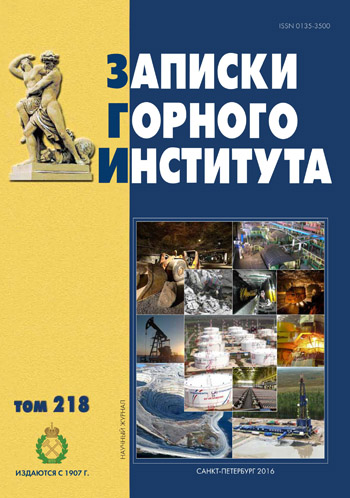Vibrodiagnostics of the technical state slurry pumps
- 1 — Ph.D., Dr.Sci. professor Saint-Petersburg Mining University
- 2 — professor University of Environmental and Life Sciences
Abstract
Analysis of the work hydrotransport systems in processing plants shows that the efficiency of this type transport does not match its technical capabilities: the high laboriousness involved in the operation of the equipment, high hydroabrasive wear of slurry pumps and pipelines, low working life pumps, high metal consumption and energy. The main reason for the lack of effectiveness of hydraulic transport is hydroabrasive wear impellers of slurry pumps, causing rising levels of vibra-tion pumps, reducing the pressure characteristics, general technical state of hydrotransport system and as a result - low pumps life, not exceeding 500 hours of continuous operation. In paper, it is shown that as a criterion of period normal operation slurry pump can be used coefficient of techni-cal state, the value of which is proportional to the relative head, degree of hydroabrasive wear of the impeller and time of continuous operating. The coefficient technical state of slurry pump can be represented as a function of current flow rate and the RMS value of vibration velocity. The re-sults of theoretical and experimental studies used to develop algorithms and techniques express-diagnosis and monitoring of slurry pumps in hydrotransport system, data which indicate the need for routine maintenance of pumping equipment.
